Experience Italy & Rome
Rome is the city of eternal charm. Its most striking feature is that wherever you look there is always something interesting to see or do.
Roma has thousands of years of history. It was the capital of the Roman Empire and the beating heart of one of the most important ancient civilizations. Its historical and artistic heritage is of great importance.
Rome boasts the highest concentration of monuments and archaeological sites in the world. It is the City of Great Beauty. Every corner, street, church, or neighborhood has stories, secrets and legends to tell that have grown over time. Rome is an immense theater with sumptuous sets. There are a multitude of cloisters with secluded charm. Slender trees and pines exude serenity and majestic domes and obelisks harness and transform light into magic. Among the most famous monuments and attractions there is the Colosseum , inaugurated as the Flavian Amphitheater, it is undoubtedly one of the first, if not the first ever, among the things to see in Rome.
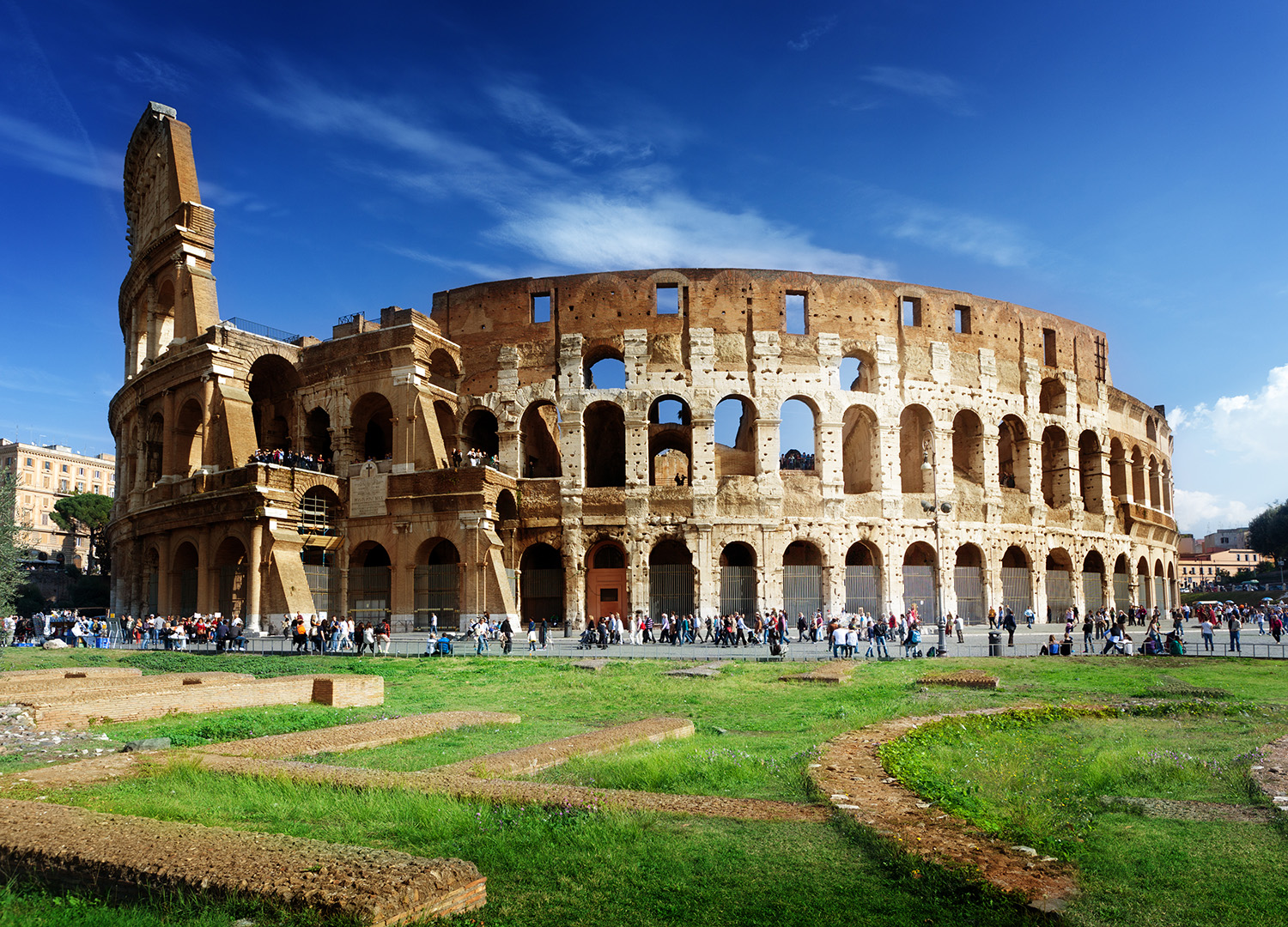
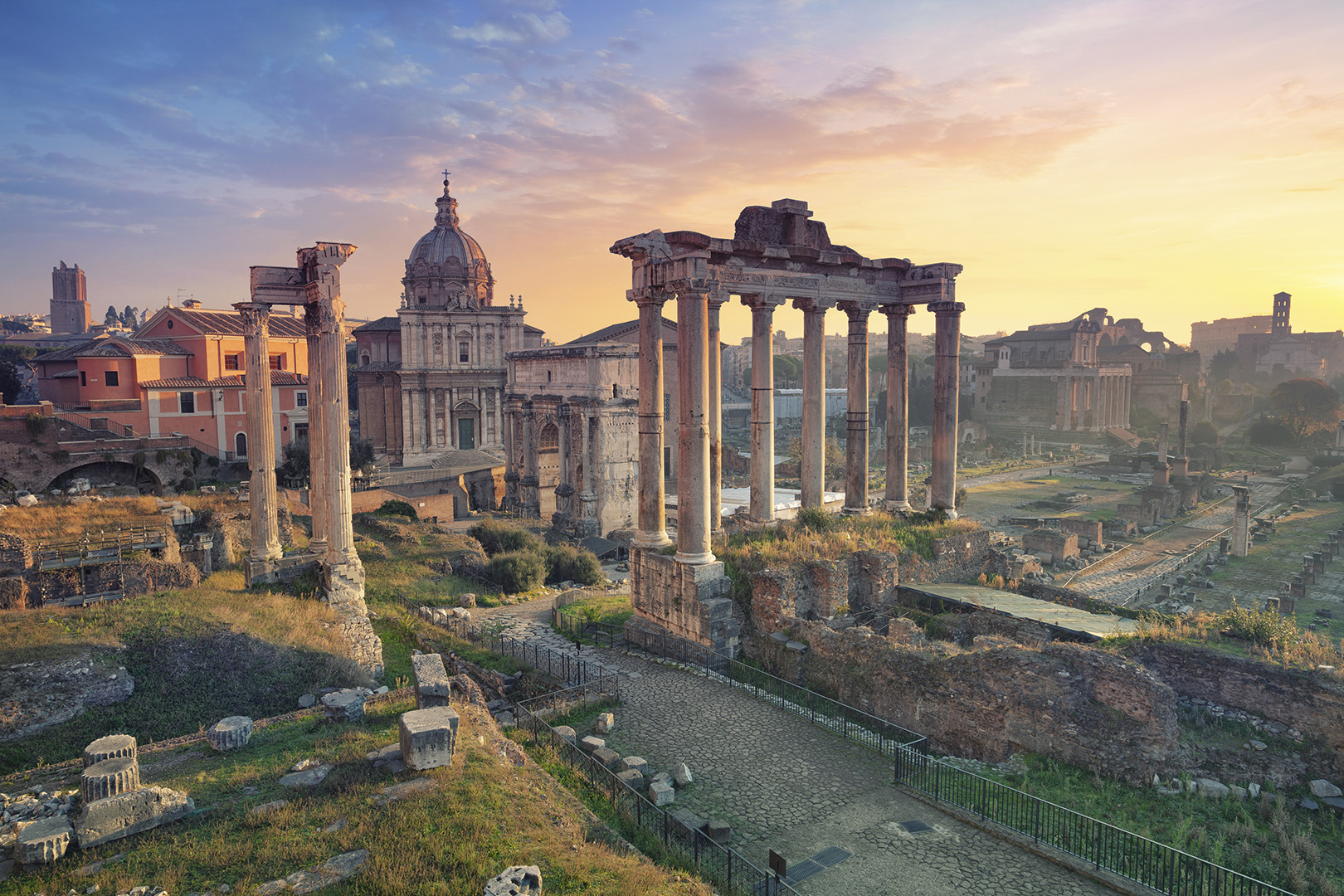
The Romans delighted in witnessing here, the fights between gladiators and ferocious animals or the simulations of naval battles. The construction of the Colosseum was commissioned and started by Emperor Vespasian, founder of the Flavian dynasty, then carried out by his son Titus.
Between the Colosseum and Piazza Venezia lies one of the most fascinating archaeological areas to visit during a stay in Rome: the Valley of the Forum, the area where Roman civilization was born and developed over the centuries. The construction on the former marshy land of buildings used for political, religious, judicial and commercial activities, sanctioned the birth of the Roman Forum (VII century BC), the center of public life of ancient Rome for over a millennium.
Continuing to the city center, with its dome and colonnade, there is the Pantheon, one of the most famous Roman monuments. According to a legend, it rises at the point where Romulus, at his death, was seized and taken to heaven by an eagle. Temple dedicated to all the deities, it was built by Emperor Hadrian between 118 and 125 AD.
If you are in Rome and intend to return, then do not hesitate to throw a coin in the famous Trevi Fountain to make your wish come true. Designed by the architect Nicolò Salvi, the Fountain has received the waters of the Virgin aqueduct since the time of Augustus. The central theme of the work is the sea, and the Baroque meets classicism, in perfect harmony. The Trevi Fountain has been a film set, the scene of events and the stage for large parties.
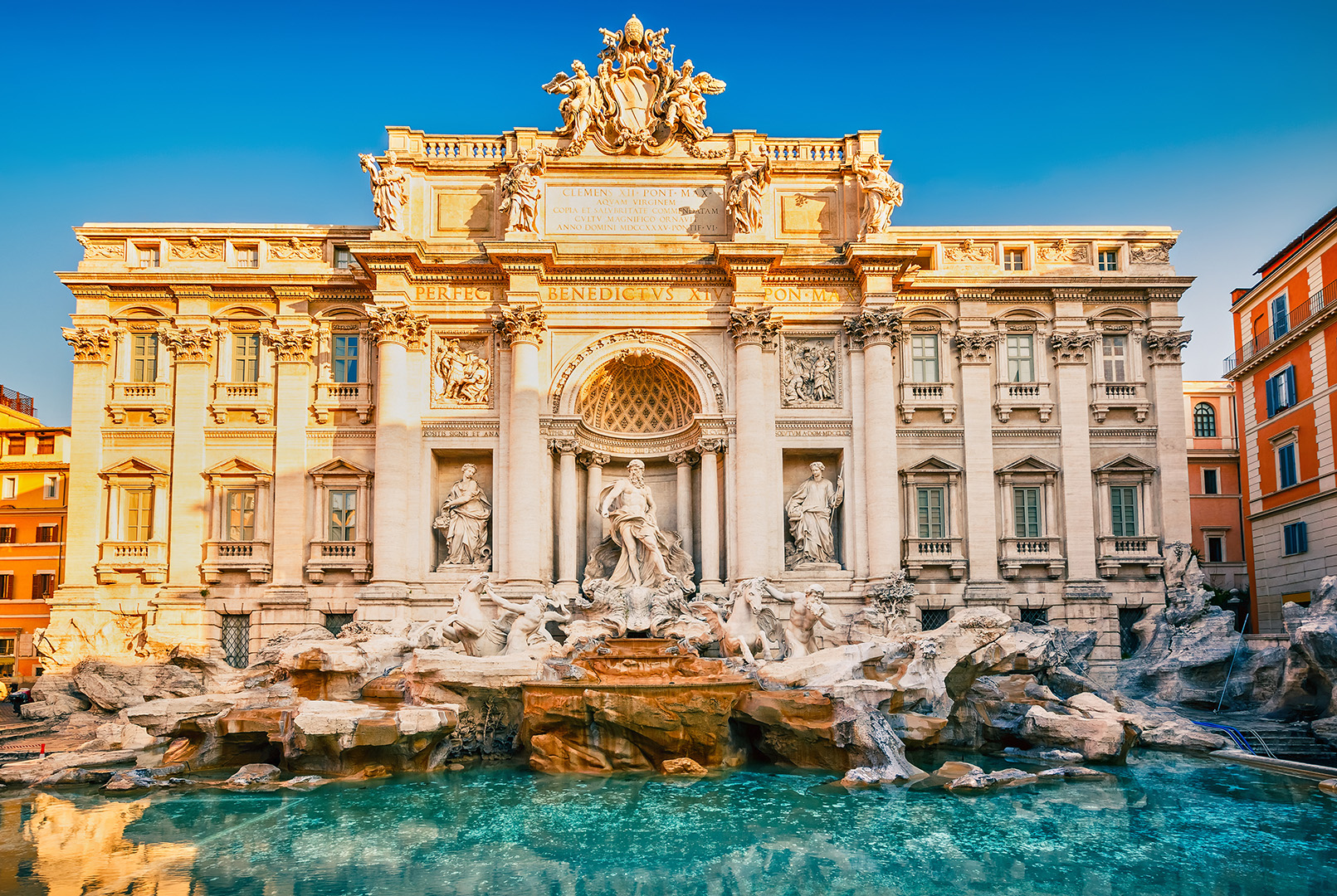
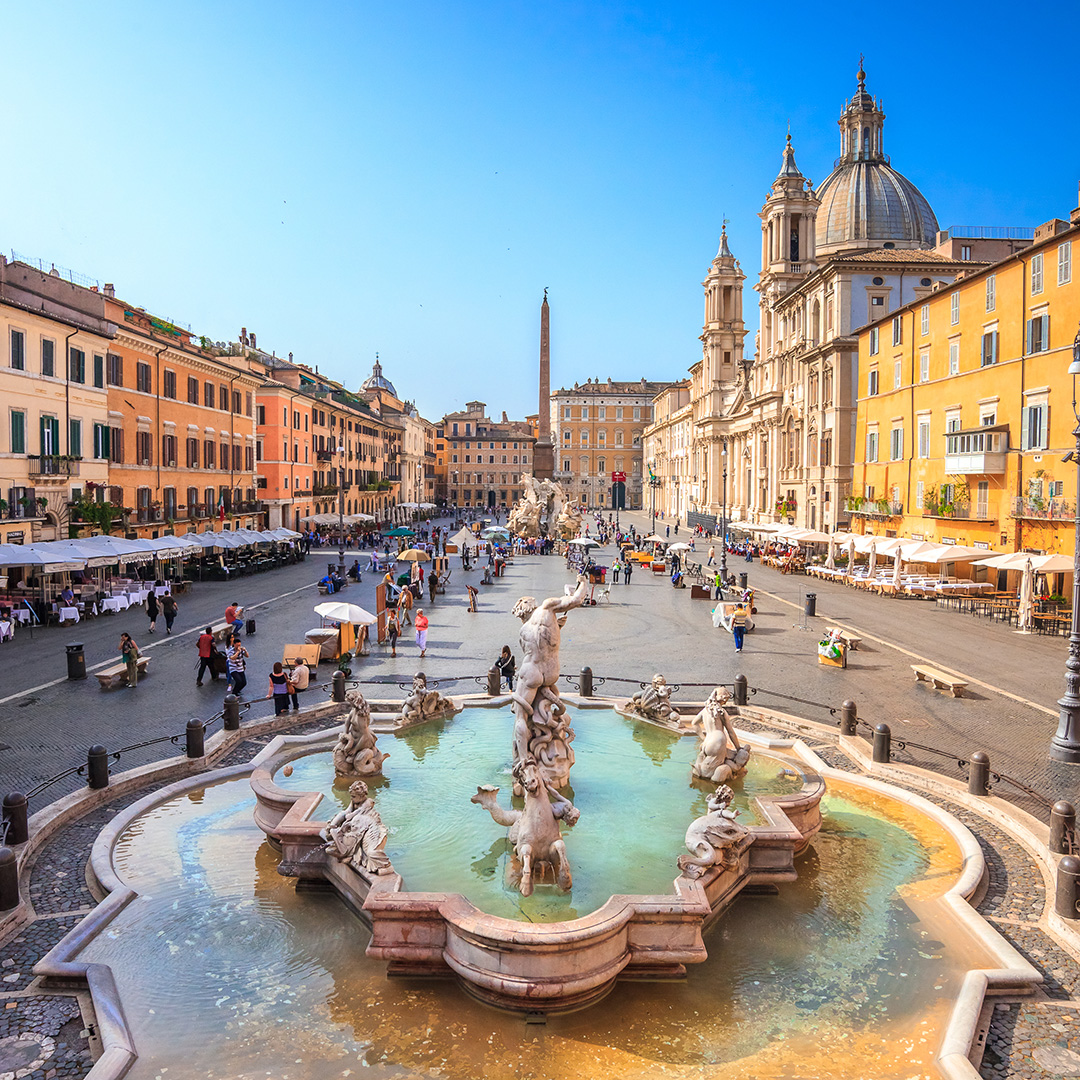
One of the squares most dear to Romans and tourists, is Piazza Navona, an ideal place to entertain yourself while sitting comfortably at the table of a café among sculptures and Baroque architecture. Piazza Navona stands in the place of the ancient stadium of Domitian (hence its oval shape), wanted by the emperor to host athletics competitions.
With its Michelangelo dome and monumental façade, St. Peter’s Basilica dominates the spectacular colonnaded portico of St. Peter’s Square, Bernini’s architectural masterpiece. Heart of the Catholic Church, the Basilica stands where in 324 Constantine built a sanctuary in honor of the First Apostle who was crucified and buried in that very place.
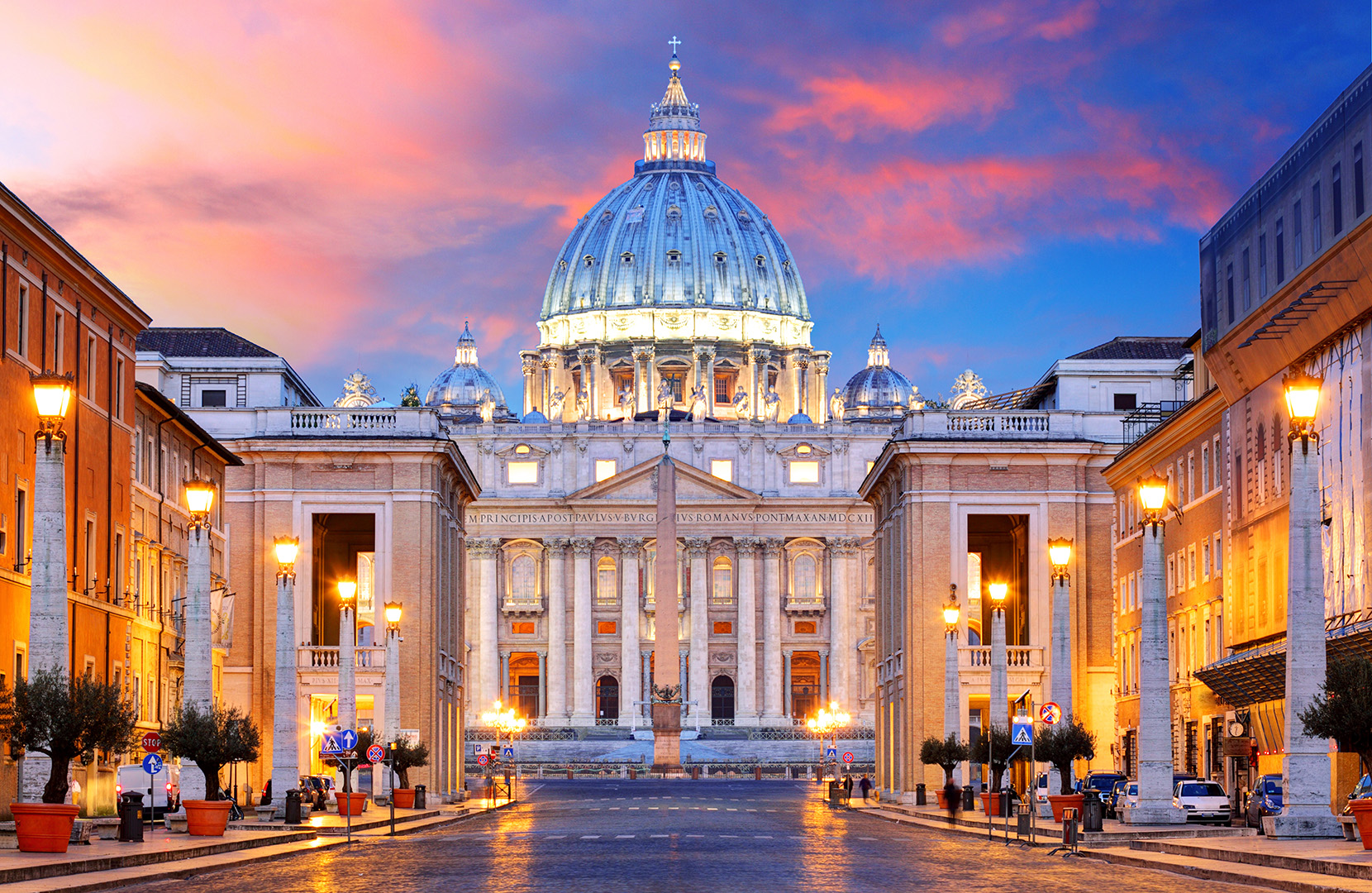
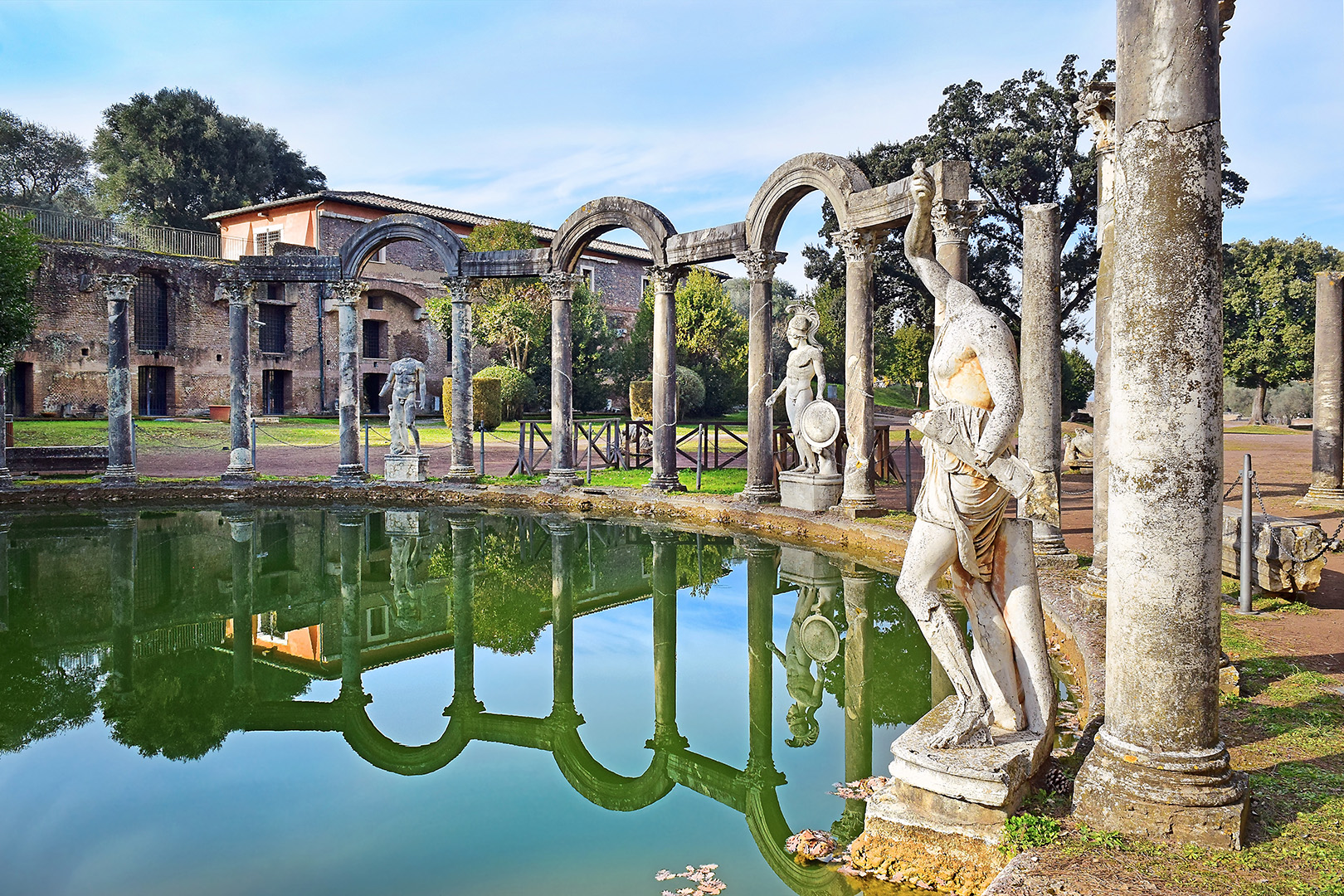
MORE THAN ROME
Cities, villages suspended in time and natural wonders. Alongside famous cities, such as Rome, there are so many hidden treasures that are worth exploring. Between Tuscany, Abruzzo, Umbria, Campania and Marche, there is Lazio, a geographically wide region to see.
The treasures of Lazio are many and deserve to be discovered, from the places outside Rome to the waterfalls of Lazio, passing through the most beautiful villages and the artistic and cultural wonders of the region. Among the countless activities that the territory offers there is Tivoli, a little municipality near Rome.
It is also a wonderful medieval village, built over a waterfall and on the Roman ruins of which temples and colonnades remain standing. The main attractions here are Villa Adriana, Villa d’Este and Villa Gregoriana..
Villa Adriana, as the name suggests, is the famous home of Emperor Hadrian. It was built in the second century AD and has a very classic appearance, thanks to its central basin and its typical Roman statues.
Villa d’Este, was built in the sixteenth century in pure Renaissance style and is famous above all for its garden, a small masterpiece of architecture.
Villa Gregoriana, was built by the will of Pope Gregory XVI, is considered one of the most fascinating natural parks dotted with archaeological and architectural testimonies of various eras mixed with natural and artificial waterfalls, caves, terraces and panoramic views.
Continuing in the southern part of the region, a suggestive place to visit is Ninfa Garden, an English garden started in 1921 in the disappeared town called Ninfa, which in its heyday, the fourteenth century, was full of houses, churches, roads, bridges and also had two hospitals. Today it has a size of 8 hectares, houses more than a thousand plants and the ruins of ancient churches and old houses, is also crossed by numerous streams.
At the gates of Rome, there are the Castelli Romani, or set of villages of the Albani Hills ideal for spending a day outdoors, to walk through the alleys of the many villages that rise among verdant woods or simply to taste good food.
Inserted among the most Beautiful Villages in Italy, Civita di Bagnoregio is one of the places near Rome that deserves to be explored. Of Etruscan origin, this ancient village famous for its nickname “The city that dies” because of it rests on a spur of tuff in continuous erosion, is a characteristic and suggestive place to get lost, between alleys and tuff houses.
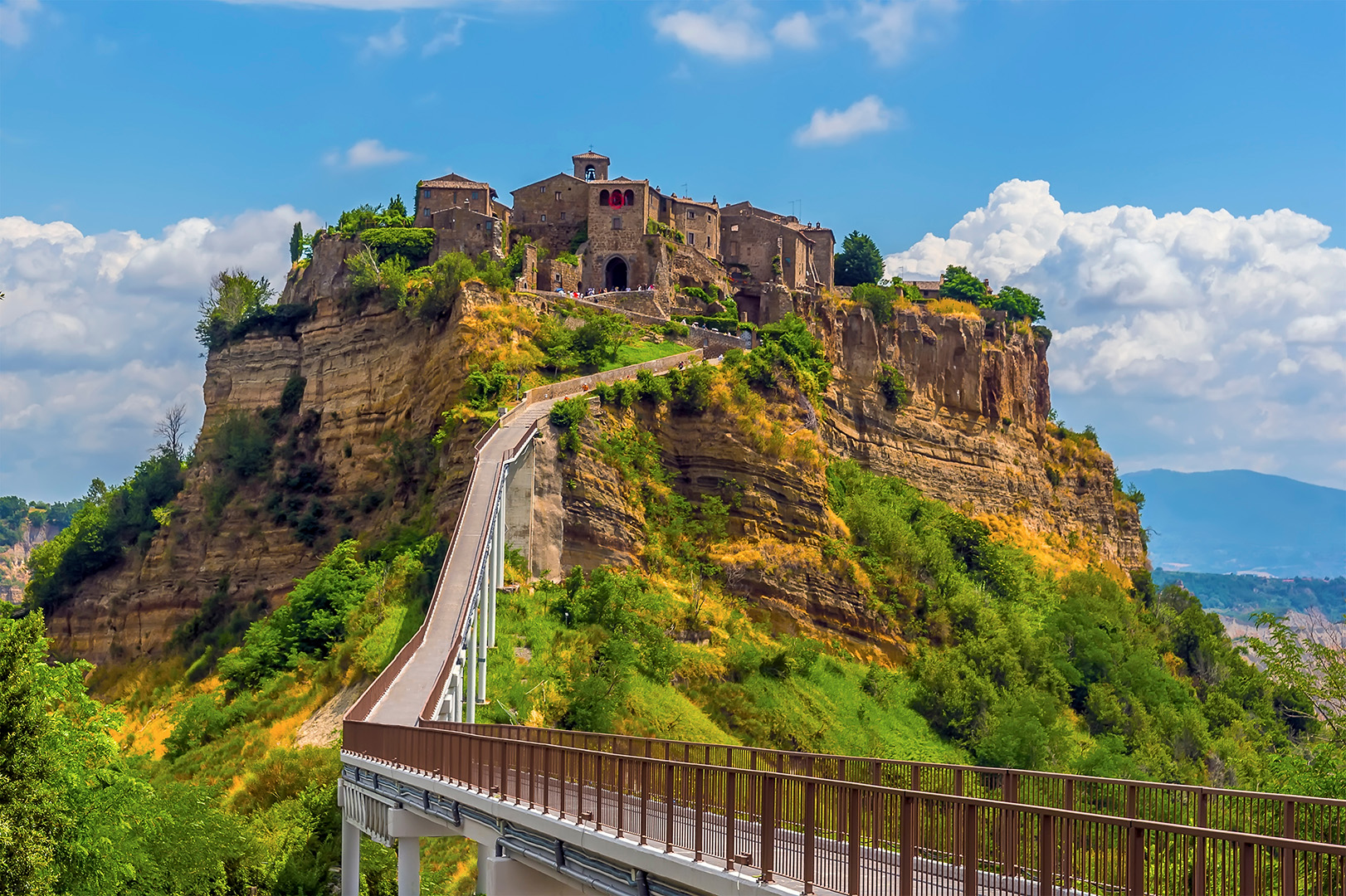
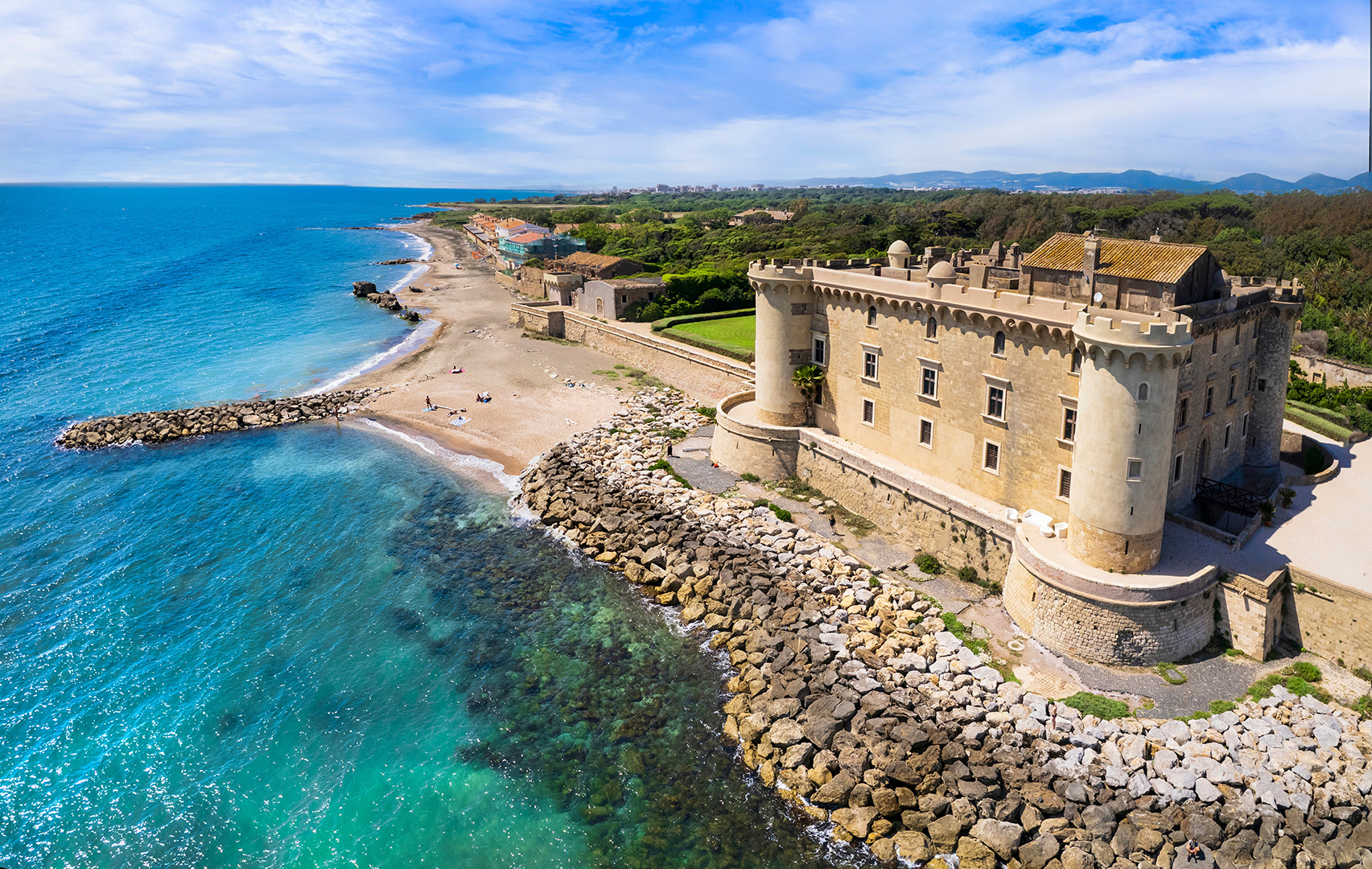
Famous for its hiking trails, Terminillo Mount is the ideal place to enjoy a beautiful day surrounded by nature.
With its 2217 meters of height it is the highest peak of the Monti Reatini. In Roman times, its ice was used as a refrigerator for food preservation. In the immediate post-war period, it was the winter holiday resort for the nobility of the capital.
Going towards the northern area of the Region, you can reach Bracciano Lake, the eighth largest lake in Italy, it is the ideal location for a day outdoors. Not far from the lake, there is the Odescalchi Castle at Bracciano, which consists of three outer walls, has five towers, one for each summit of the external fortification.
Near the Tyrrhenian Coast on the edge of the city, Cerveteri is located, a small municipality where you can visit two very interesting places, La Necropoli di Banditaccia, an ancient Etruscan necropolis famous for its fascinating tombs and frescoes that decorate it, and the Santa Severa Castle also called the Castle Kissed by the Sea. The Castle of Santa Severa owes its name to Severa, a young Christian martyr who is handed down to have found death here, under the empire of Diocletian, together with his brothers.
In the north of Lazio, there is the province of Viterbo, a beautiful place for those who love archeology, the countryside and good food, but even more so for lovers of free and private spas. In fact, Tuscia Viterbese is an area rich in springs and natural thermal pools. Among the most famous: Terme Dei Papi, Parco Termale Il Bagnaccio, Piscine Carletti, Terme Del Bullicame.

